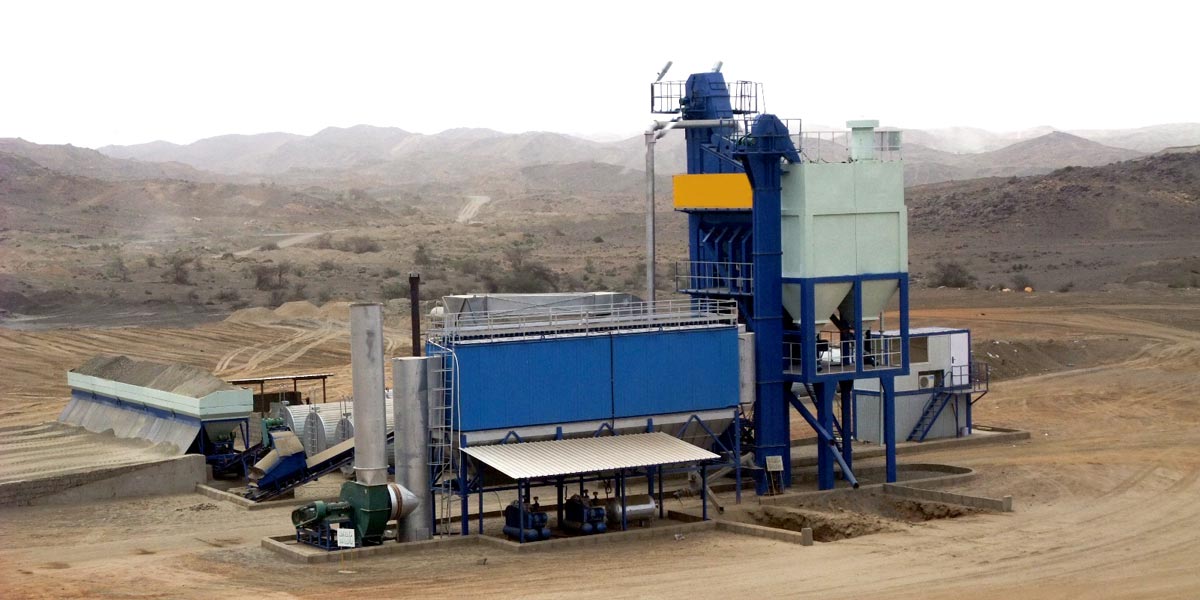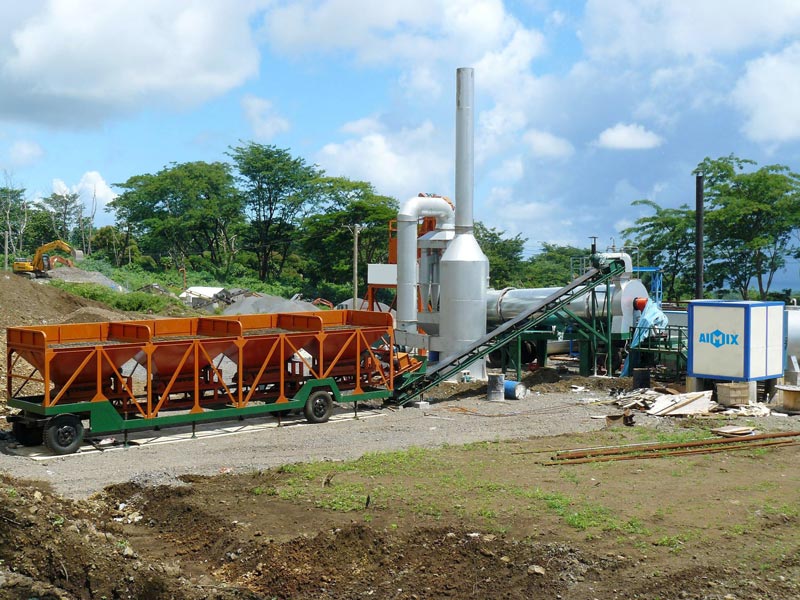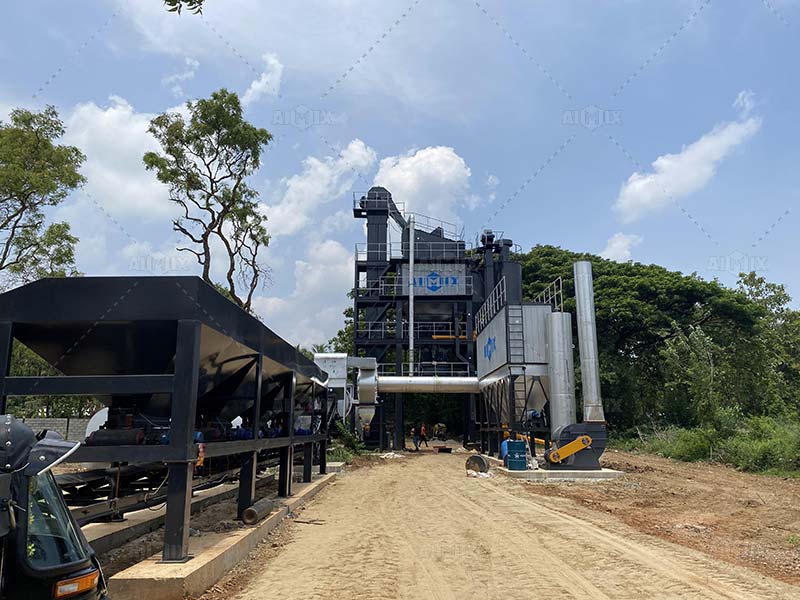How Does an Asphalt Plant Work?
Have you ever wondered how an asphalt mixing plant works when you see big or small asphalt mixing plants on the roadside and hear the rumbling sound of asphalt mixing plants in operation?
An asphalt plant is a facility where raw materials are combined to produce asphalt. The process begins with the extraction of aggregates, which are then transported to the plant. At the plant, the aggregates are heated and mixed with bitumen, a byproduct of crude oil refining. This mixture is then blended with other additives to create asphalt.

Hot Mix vs. Cold Mix Asphalt: A Detailed Comparison
At its core, an asphalt plant blends aggregates (crushed stone, sand, gravel) with bitumen to create paving material. The process varies slightly between hot and cold mix asphalt plants but follows these general stages:

Production Process
- Hot Mix Asphalt Plant (HMAP): Requires heating aggregates and bitumen to high temperatures, ensuring a fluid, homogeneous mix. This energy-intensive process demands precise temperature control.
- Cold Mix Asphalt Plant (CMAP): Uses emulsified or cutback bitumen that binds aggregates at ambient temperatures. No heating is needed, reducing energy use but requiring chemical additives for stability.
Application Scenarios
- HMAP: Ideal for permanent infrastructure like highways, airport runways, and urban roads due to its high strength and durability.
- CMAP: Suited for temporary repairs, rural roads, or cold-weather projects where hot mix plants are impractical.
Performance Characteristics
- HMAP: Achieves 95–98% compaction density, offering an 8–12-year lifespan with excellent resistance to heavy traffic and water damage.
- CMAP: Cures slowly over 6–8 weeks, reaching 85–90% density. While less durable (2–3 years), it provides immediate usability for emergency fixes.
Construction Conditions
- HMAP: Requires dry, warm weather (>10°C) for proper laying and compaction.
- CMAP: Works in wet or cold environments, making it versatile for unpredictable climates.

Safety in Asphalt Plants
Regardless of whether hot mix or cold mix asphalt is being produced, asphalt plant safety should always be a top priority in an asphalt plant. Here are some key areas to focus on to ensure safety:
- Training and Education: All employees should be trained on the proper use of equipment and safety procedures. Regular safety meetings can help reinforce these practices.
- Personal Protective Equipment (PPE): Workers should wear appropriate PPE, such as gloves, safety glasses, and respirators, to protect against potential hazards.
- Equipment Maintenance: Regular maintenance of equipment can prevent accidents and breakdowns. Inspections should be conducted regularly to identify and address any issues.
- Emergency Procedures: Establish clear emergency procedures in case of accidents or fires. Ensure that all employees are familiar with these procedures.
Conclusion
Understanding the differences between hot mix and cold mix asphalt is essential for safe and efficient operations in an asphalt plant. Knowing how dose an asphalt plant work is important, and the safety of asphalt plant operations cannot be ignored! By prioritizing safety and implementing proper procedures, you can ensure a safe working environment for all employees.